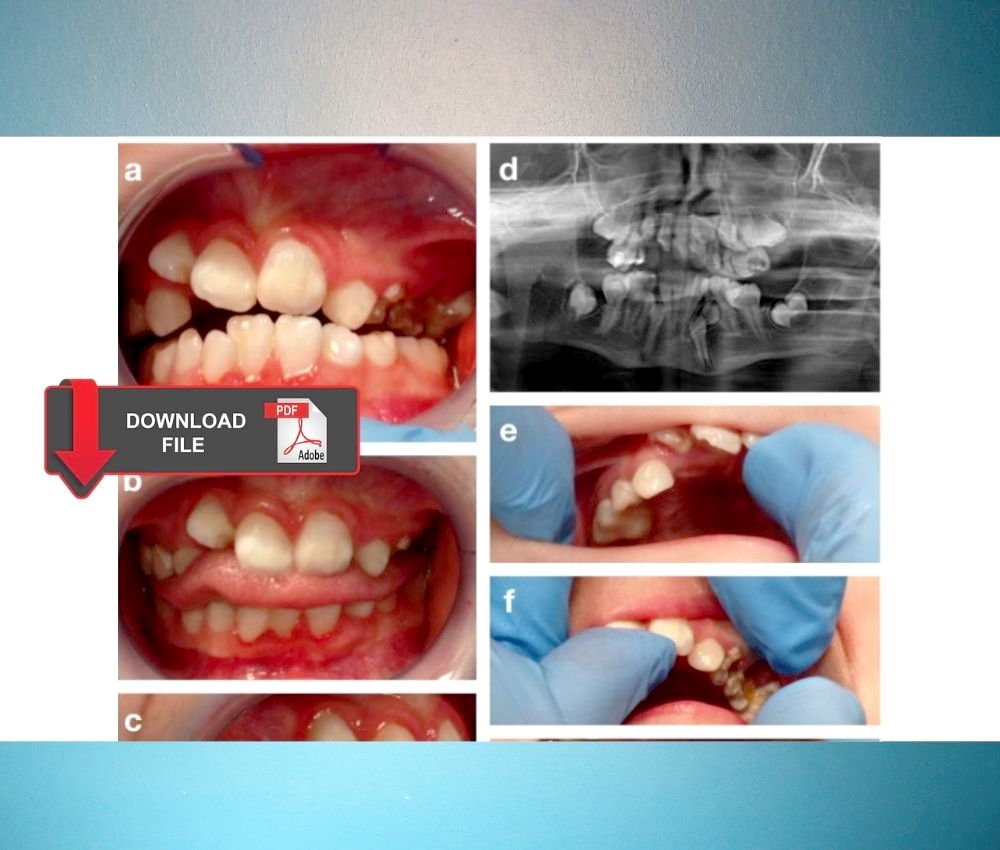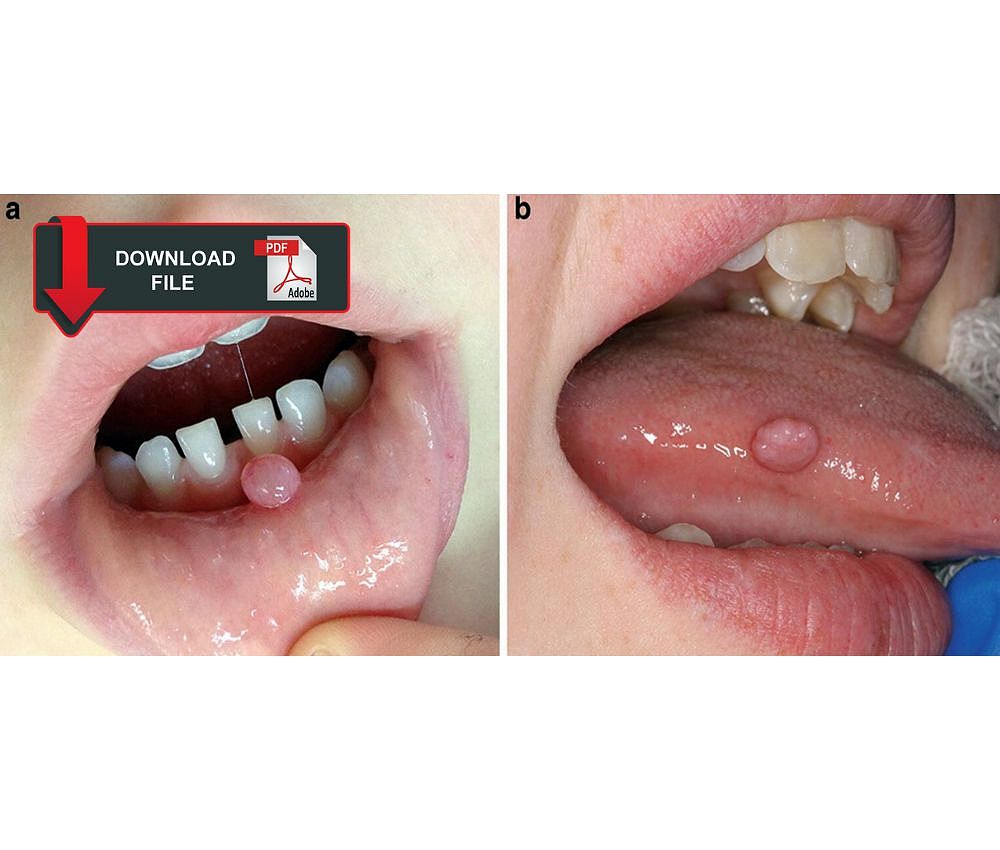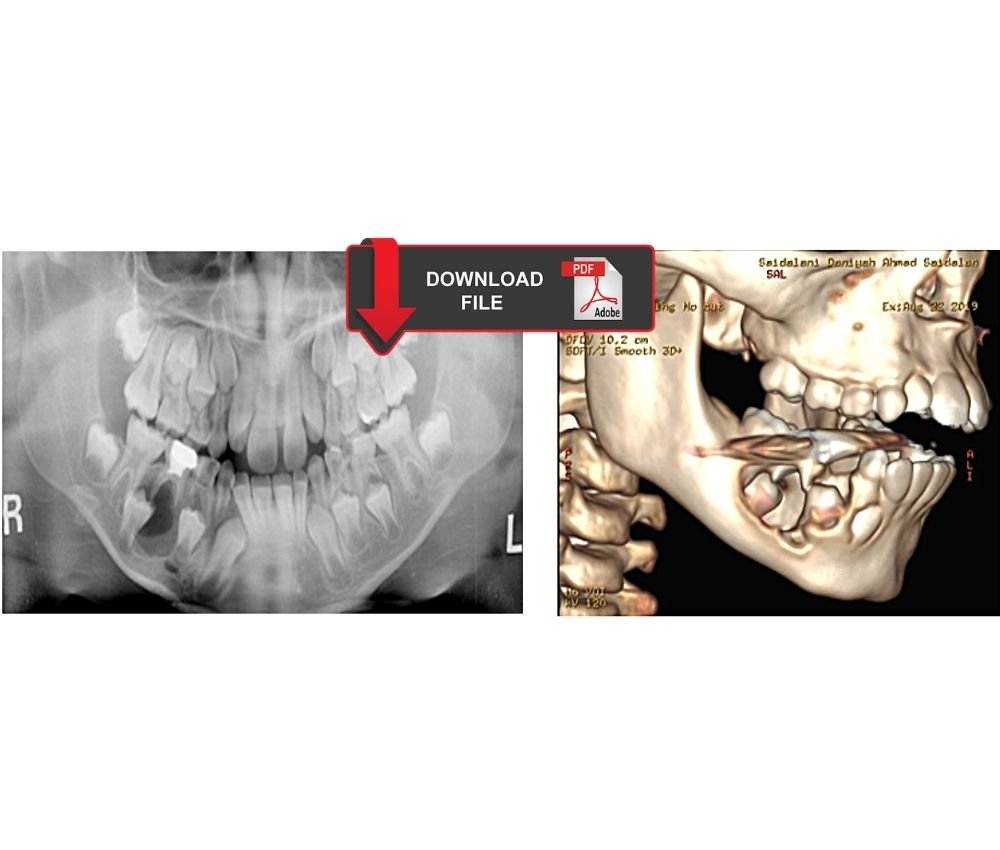TMJ ankylosis is a pathology that consists of the fusion of the components of the joint with the mandibular fossa of the temporal. It may be unilateral or bilateral.
The displacement and movement of the TMJ is partially or totally limited, complicating eating and speaking. Treatment for TMJ ankylosis is surgery and physical therapy.
Advertisement
We share a study on the causes, signs, symptoms and treatment of temporomandibular joint ankylosis in children, as well as the success of surgical treatment.
RECOMMENDED ARTICLE
How to Reduce a TMJ Dislocation?
How to Reduce a TMJ Dislocation?
Temporomandibular Joint Ankylosis In Children. Mzubanzi Mabongo. IOSR Journal of Dental and Medical Sciences (IOSR-JDMS) e-ISSN: 2279-0853, p-ISSN: 2279-0861.Volume 12, Issue 5 (Nov.- Dec. 2013), PP 35-41
👉 ALSO WATCH THE VIDEO: TMJ Ankylosis and imperative approach in a pediatric patient - A case presentation
Fuente: Youtube / Surgical Strike 2.0
You may also like :
► VIDEO: Signs and symptoms of TMJ disorders
► Massage Tutorial: Myofascial release for TMJ/jaw pain
► Temporomandibular disorders (TMD) in children - Clinical examination and treatment













